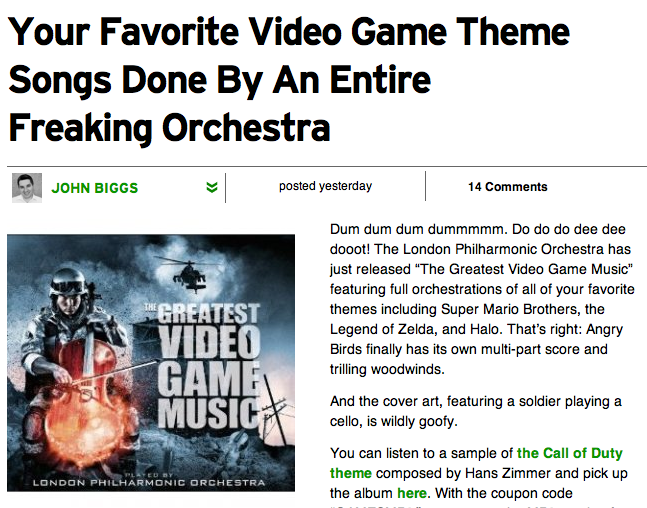Next week, we’ll be sitting down with Ludovic Morlot and leaders of the Boston Symphony Orchestra (BSO) to discuss Community, Creativity and Audience—the three big topics we’re exploring here at the American Orchestra Forum. Morlot is leading the BSO this month in concerts on the West coast and is also Music Director of the Seattle Symphony.
This recent Boston Globe piece by David Weininger serves as a good introduction to his approach:
The idea of civic engagement is popular these days, and many conductors give it lip service without much real substance. Morlot, though, has done more than talk; he has put energy and ideas behind his words. He has conducted not only gala and subscription programs but also family concerts. The Seattle Symphony has instituted a program offering two free tickets for children between the ages of 8 and 18 to any adult who buys a ticket to a subscription concert. There is a post-prison education program as well. Morlot even threw out the first pitch at a Seattle Mariners game in August. (“I did pretty good, actually. I had a 20-minute training session the day before, on the hill.’’)
He is especially proud of a project called “Sonic Evolution,’’ for which the orchestra commissioned three composers to write new pieces, each inspired by a legendary Seattle musician: Jimi Hendrix, Quincy Jones, and Kurt Cobain. The undertaking “is destined to be addressing an audience that might be intimidated by the classical music genre and repertoire,’’ Morlot explains. “But still, I think everybody deserves to have that first contact with live symphony music. So I’m trying to be creative with my team – to be as versatile, as flexible as possible – as diverse in what the offering is, so that the audience can be versatile and diverse as well.’’ Read the full article.
While the event next week isn’t open to the public, we hope you’ll join us here at symphonyforum.org to follow our live blog. We’ll also be posting podcasts developed from the discussion later this month. If you have a question for the BSO, we’d love to hear it! You can leave a comment below or email us.
Learn more about the Dec 7 roundtable discussion with the BSO.



